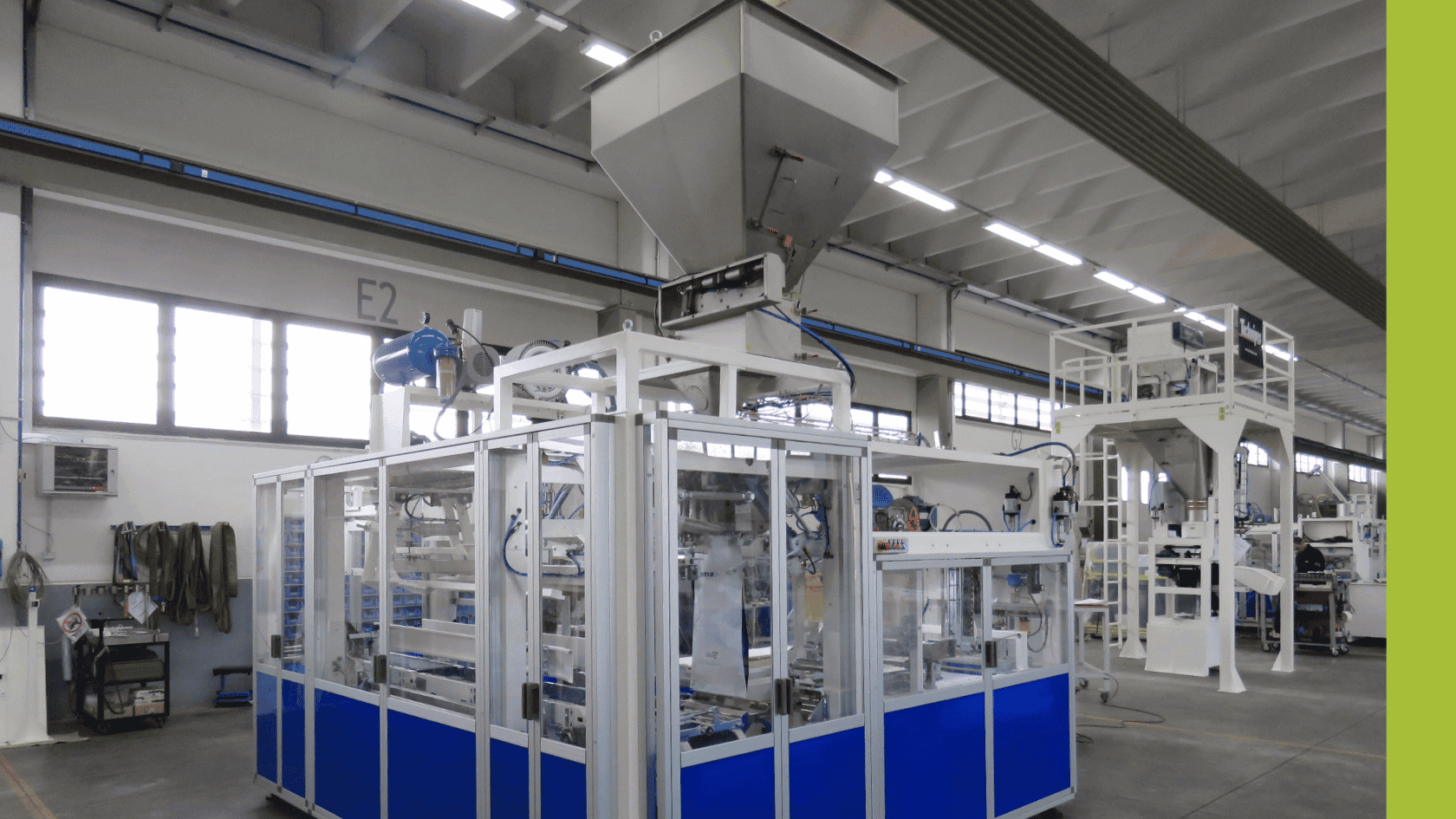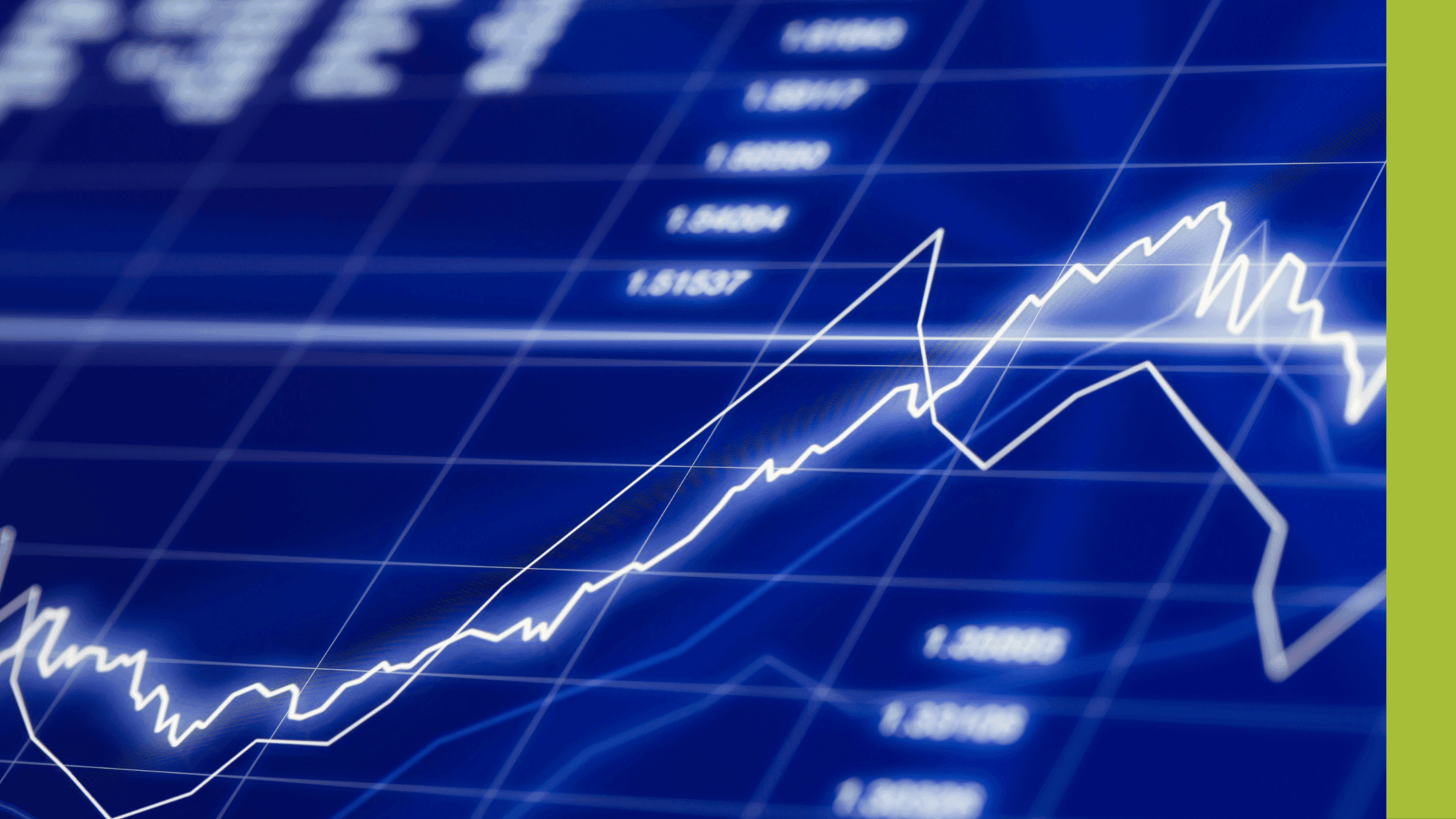Rapid developments in robotics are leading a transformation. Manufacturers are adopting robotics faster than ever: globally, the average robot density has more than doubled in the last six years and in the packaging industry specifically, global sales of robotic packaging machines are estimated to reach US$ 1,888 million by 2033.
This rate of evolution is due largely to innovations such as AI, machine learning and collaborative robots, which are driving productivity whilst reducing costs. Here, we look further at these and other trends shaping the future of robotics, and explore their impact on the packaging industry.
1. AI and machine learning
Artificial intelligence (AI) and machine learning (ML) can be incorporated into almost every aspect of the packaging process, making operations smarter and more efficient. AI-driven systems monitor and control quality to ensure consistent packaging standards and deliver real time tracking and automated restocking to streamline supply chain operations.
ML allows robots to learn from experience, adapt to new situations, and make autonomous decisions, such as analysing big data sets to enable predictive maintenance. The result is advanced robots capable of performing complex tasks like pick-and-place, palletising and quality control with enhanced intelligence and responsiveness.
2. Sustainability
The growing focus on sustainability is driving a rise in machinery that can help to minimise waste, optimise material use and enhance efficiency, both in terms of packaging materials and energy usage. Robots can create lighter, more compact packaging designs that reduce transportation-related carbon footprints, and smart packaging technologies monitor the temperature of perishable products, minimising spoilage and waste. AI, as mentioned above, has a role to play here too, analysing a product’s size, weight and fragility to determine the optimal packaging design and reduce excess.
The latest robots are also more energy-efficient, lowering the overall energy footprint of packaging operations.
3. Specialised robots
Targeted implementation of robotics means that in the future, automation will be accessible to small and medium-sized operations as well as those with big budgets. Rather than replacing whole production lines specific changes are made, introducing machinery to relieve particular bottlenecks or critical points. These may include adding a robotic arm to increase the speed of pick-and-place operations, investing in palletisers to make packing for deliveries more efficient, or implementing sensors to help with quality control.
We are also seeing the introduction of more specialised robots, tailored for specific tasks such as case packing or labelling. These are often close-coupled with other equipment (meaning conveyors are removed), allowing for more functions within the same footprint.
4. Cobots
Collaborative robots (cobots) continue to be a major trend, especially in the packaging industry, with the range of applications expanding and take up by manufacturers increasing as a result. Already widely used to improve worker safety and productivity in jobs such as heavy lifting, repetitive tasks and work in hazardous environments, new technologies like mobile manipulators, which combine collaborative robot arms with autonomous mobile robots (AMRs), are broadening the uses further.
These portable solutions can lift and hold heavy loads whilst making complex manoeuvres, making them ideal for tasks such as product picking, sorting and packaging.
5. Interconnected systems
Incorporating technologies like 5G, cloud computing and the Internet of Things (IoT) is leading to more capable and interconnected robotic systems. Swift, seamless communication between the different elements of the packaging process, such as robots, sensors and software platforms, enables real-time data exchange. This allows for real-time monitoring and adjustments to changing demands or product specifications and improved decision-making ability, ensuring consistent quality and efficiency and making packaging processes more responsive and agile.
The demand for greater efficiency and a more flexible, responsive and sustainable manufacturing environment is driving change throughout the packaging industry. From greater use of AI to investing in specialised equipment, embracing these trends and innovations is key to success.




